Author of the decks: psychologist and hypnotherapist Anastasia Kolendo-Smirnova.
Artist: Natalya Chernyavskaya.
Contents:
More details about each deck can be found in the product descriptions using the links above.
Each deck is packed in a tight box.
Decks allow you to:
- clearly formulate the client’s request and set the goal of therapy;
- get moving in solving the problem;
- analyze and indicate the direction in working with psychosomatic disorders;
- monitor and treat destructive thoughts and actions;
- work with internal conflicts and harmonize interactions between subpersonalities.
- Work with self-concept
- Work with interpersonal relationships
- Work with subpersonalities
These cards belong to the so-called constructor cards, which distinguishes them from ordinary associative metaphorical cards. They consist of separate cards depicting female and male heads, torsos and legs. It is this feature that allows them to be used both as standard portrait decks and as universal ones, and of course in the specifics in which they were created.
Cards allow you to:
The cards are easily combined with any MAC and can be used with classic standard techniques used when working with associative metaphorical cards.
EXERCISE. FIRST CONSULTATION
This exercise helps to formulate a request and determine the goal of therapy.
The client is asked to choose the “torso” card face up, answering the questions: “What is happening inside me? What I feel?” Further, they also openly offer to choose “legs” that describe the state of affairs in a given period of life: “How do I stand on my feet now?” nbsp;Then the client selects from the “heads” the answer to the question: “What do I think about this? What thoughts do I have about this situation?”nbsp;The metaphorical portrait of a person in a problem situation put together in this way is then discussed with a psychologist and the necessary information is clarified.nbsp;The next action is the formation – also openly – of the desired image of oneself after solving this problem, which is analyzed , and changes are checked for environmental friendliness. Next, between these portraits, the image that awaits a person in the future, if he does not take any action, is collected openly and discussed. Sometimes this image motivates the client to take action, and sometimes it shows that nothing bad will happen and gives a feeling of calm regarding the current situation.nbsp;Next, steps to achieve the desired image are determined and therapy is planned.
EXERCISE. WORKING WITH PSYCHOSOMATICS
Helps to study the psychological causes of the symptom and outline the path to getting rid of the psychosomatic disorder. The client is asked to find, among the open cards, an image in the area of the body where the symptom manifests, an object that metaphorically reflects sensations in the body. Next, using questions, the connection between this metaphorical image and the client’s life situation is analyzed. Then you are asked to find a picture of what preceded the appearance of this symptom. Since illness is a powerful signal, it is usually preceded by another harbinger of problems in a person’s emotional sphere. This is its metaphorical meaning that we are asked to find. In this way, they find out what the psyche could not cope with and “turned on the help” of the body. Next, the steps of therapy are determined to solve the problem that was a harbinger of the symptom.
EXAMPLE OF WORK #1
The client has a pain in his leg. He selects an open picture where a weight is tied to his feet. During the discussion, it turns out that the client experiences heaviness in the leg, stiffness, and inability to move. We translate this metaphor into what is happening in the client’s real life situation: “What or who is putting pressure on you? Who or what has chained you and what are you chained to in your life?” etc. Next, you are asked to choose what preceded the appearance of pain in your leg: “When your leg didn’t bother you, what happened to you emotionally? What feelings and thoughts did you experience before the symptom appeared?” The client chooses the picture “torso”, where there are many hands, explaining this condition by the fact that she grabbed onto everything and did not succeed in anything. This condition could be “solved” with the help of “stopping”, “being constrained by weights”.
Next, we discuss with the client in more detail what exactly he tried to do during that period, what did not work and why. Therapy begins with solving exactly that condition, putting everything on the “shelves”, setting goals, removing fears and finding resources.
EXAMPLE OF WORK #2
The client complains of abdominal pain. Selects a card with a spider in its body. He describes this state as if there is a lump inside that is devouring him from the inside. Next, we ask you to select a card about what the person experienced in their life before the symptom appeared. The client says that there was such a longing in the heart, the same cobweb when the marriage broke up. Further, the work is based on feelings about divorce, complexes, fears, attitudes, forecasts and scenarios related to personal relationships.
EXERCISE. WORKING WITH CONFLICT
Helps reduce negative emotions caused by external or internal conflict. The client is asked to openly choose his portrait and how he will feel if he agrees to what he does not want. What will his thoughts be, what will his feelings be, and how will he stand on his feet? If the work is done in pairs, then everyone collects such a portrait of themselves. In the case of working with internal conflict, two portraits of oneself are collected. The assembled portrait is described below. The needs of a metaphorically complex person are articulated and ways to satisfy them are identified. They can be drawn closed from each part of the deck, or they can be invented together with the client without the help of cards. When unsatisfied needs are identified and ways to satisfy them are found, it is proposed to collect a portrait of yourself if you accomplish what you agreed on.
EXAMPLE OF WORK
A husband and wife are in conflict over how to spend their vacation. The husband thinks that we should go to the dacha, and the wife that she should go to Turkey to a resort. My husband is collecting a portrait of himself if he goes to the sea. He chose the head with questions and explains this by saying that he will not understand what to do. The torso in the form of a nuclear explosion conveys his displeasure. There is an anchor on his feet, the impossibility of getting out of the hotel somewhere, as it seems to him. The wife began her portrait at the dacha from the middle, where many hands are depicted that are busy with work. Her legs are chained, and the top card is blindfolded, as if she won’t see anything new. Next, everyone explains why he chose these particular cards and immediately needs to determine what need is not satisfied in this case.
The husband says that he chose his head with questions, since it is not clear to him what he can do for a week in a horizontal position on the beach. Therefore, he needs to satisfy the need for an interesting pastime. The torso in the form of a nuclear explosion speaks of the anger that he is experiencing; it is rather not a matter of need, but an expression of emotion associated with the unsatisfied need mentioned earlier. And the legs with an anchor reflect the lack of freedom of action, in his perception, hence the need for freedom.
The wife says that she chose blindfolds, since everything will be the same, she won’t see anything new at the dacha. That is, the need for something new. She explains the torso, where all the hands are busy with something, by the fact that there will be a lot of work, and her need to do nothing and rest. In her perception, her legs are chained, this is her image of herself as a captive, expressing the emotion of indignation.
Next, the task is to determine how exactly the identified needs can be satisfied without using the subject of dispute for this. This can be done using any universal deck or by drawing face-down cards from the torsos. You can simply figure out how to satisfy these needs without using cards at this stage.
My husband says I can satisfy the need not to be bored by the fact that we will scuba dive and go on excursions, and not lie flat on the beach, and so that I am free and not embarrassed by the confines of the hotel, you can rent a car.
The wife speaks. I can be at the dacha if I spend time there as if I were on the beach, I won’t cook, I won’t work in the garden. And to see something new, I will watch travel programs, but no one should bother me while I’m relaxing.
When this part of the exercise is done, the level of emotional intensity is significantly reduced, since the subject of the dispute is already in second place, and the needs are in first place. Next, everyone collects their own portrait, where the stated needs are satisfied. Portraits are being discussed. And this is where the exercise ends. Since the purpose of this technique is to reduce the emotions created by the conflict and show that needs can be satisfied differently, from which the conflict itself becomes less significant, and the couple will most likely now be able to resolve it on their own.









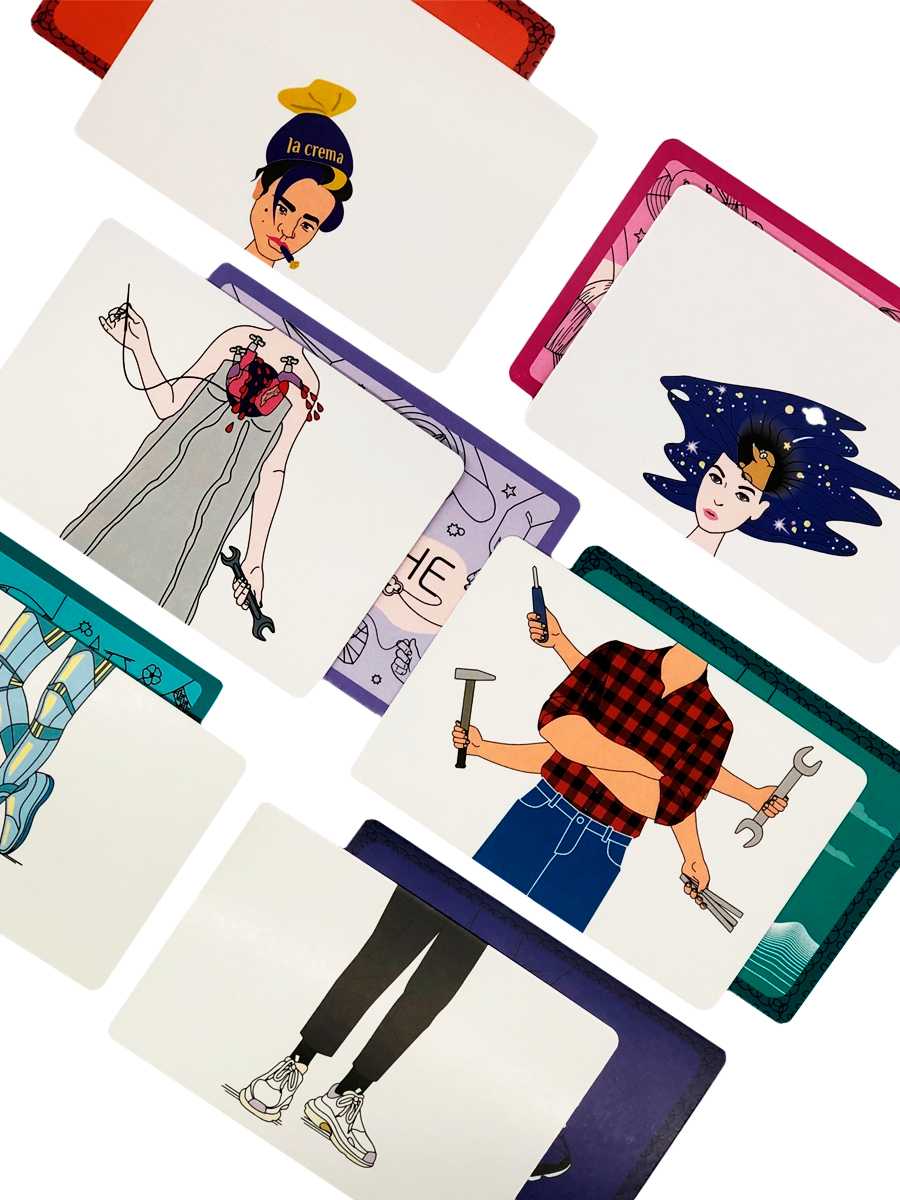
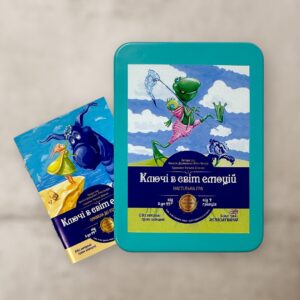








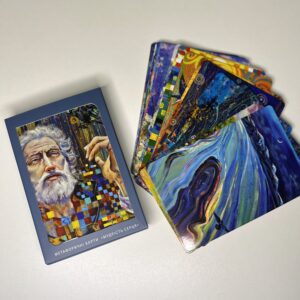


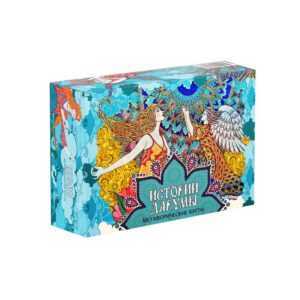
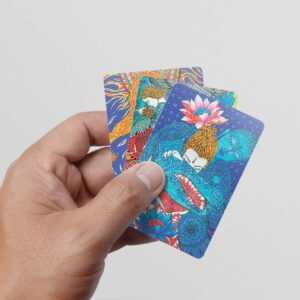

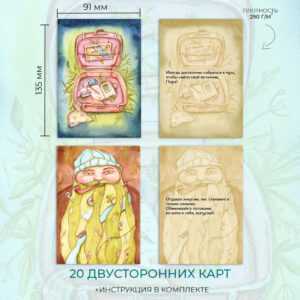

Reviews
Clear filtersThere are no reviews yet.